Many of you might have heard of Takamori Saigo, especially since he was featured in the NHK Taiga drama “Segodon.” Saigo was a prominent figure from the Satsuma Domain who played a significant role during the late Edo period and the Meiji Restoration. But what exactly did he do?
Saigo forged the Satsuma-Choshu Alliance, contributed to the bloodless surrender of Edo Castle, and was involved in establishing the Meiji government. However, his story doesn’t end there. Despite his contributions to the new government, he eventually led the Satsuma Rebellion against it.
In this introduction, we will delve into the life and achievements of Takamori Saigo, a man whose actions and episodes have left a lasting impact on Japanese history.
Who Was Takamori Saigo?
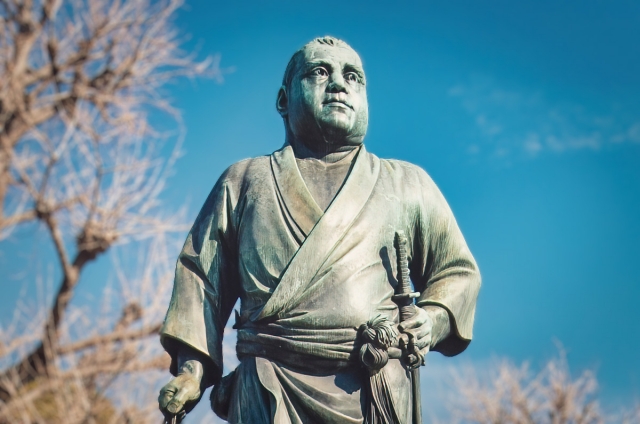
Takamori Saigo was a samurai from the Satsuma Domain who played a significant role in Japan’s transformation during the late Edo period and the Meiji Restoration. Born into a low-ranking samurai family, he was recognized for his talents by the 11th lord of the Satsuma Domain, Nariakira Shimazu, and gradually rose to prominence. Saigo gained Nariakira’s trust and grew to the point where he was entrusted with important missions, such as delivering secret letters to the lord of the Mito Domain. However, after Nariakira’s death, Saigo clashed with Hisamitsu Shimazu, who held real power in the Satsuma Domain, and was exiled several times.
Determined to overthrow the Tokugawa shogunate, Saigo later forged an alliance with the Choshu Domain, known as the Satsuma-Choshu Alliance, and played a crucial role in the battles against the shogunate. One of his most notable achievements was the successful negotiation with Katsu Kaishu of the Edo shogunate, which led to the bloodless surrender of Edo Castle. This significant accomplishment allowed the overthrow of the shogunate without major bloodshed.
After the establishment of the Meiji government, Saigo actively participated in national politics to promote Japan’s modernization. However, due to internal conflicts within the government, he resigned from his official position and returned to Kagoshima. Subsequently, he was supported by discontented samurai in Kyushu and led the Satsuma Rebellion against the Meiji government. Despite his efforts, he was ultimately defeated and met an untimely death as a rebel leader.
Throughout his life, Takamori Saigo made substantial contributions to Japan’s transformation and modernization. He is remembered by many for his actions and beliefs, which left a significant mark on Japanese history.
Timeline of Takamori Saigo
Let’s take a closer look at the life of Takamori Saigo through this simplified timeline.
| Year | Event |
| 1828 | Born in Kajiya, Satsuma Province (now Kagoshima Prefecture), as the eldest son of samurai Saigo Kichibei. His childhood name was Kogoro. |
| 1839 | Injured his right elbow in a dispute with a friend. Due to this injury, he focused more on academics than martial arts. |
| 1844 | Became an assistant in the domain’s agricultural administration, serving under the district magistrate, Tajiuemon Sakoda. |
| 1850 | Submitted memorials on agricultural reform to Nariakira Shimazu, the lord of Satsuma. |
| 1854 | Accompanied Nariakira Shimazu on his alternate attendance in Edo (Tokyo) and was appointed to the garden office. Met Toko Fujita, a samurai and Confucian scholar of the Mito Domain, and received instruction on national affairs. |
| 1858 | His lord, Nariakira Shimazu, suddenly passed away. Following this, Saigo was exiled to Amami Oshima. |
| 1862 | Returned to Satsuma but was exiled to Okinoerabu Island for disobeying orders from Hisamitsu Shimazu, who held the real power in the domain. |
| 1864 | Returned to Satsuma and commanded Satsuma forces in the Kinmon Incident, defeating the Choshu Domain forces. |
| 1866 | Brokered the Satsuma-Choshu Alliance through the mediation of Ryoma Sakamoto. |
| 1867 | Appointed as a councilor in the new Meiji government. |
| 1868 | Negotiated with Katsu Kaishu of the Edo Shogunate to achieve the bloodless surrender of Edo Castle. |
| 1871 | Returned to Satsuma and resumed his role as a councilor in the new government. Entrusted with the caretaker government during the Iwakura Mission’s inspection of the West. |
| 1873 | Proposed to personally visit Korea after the cancellation of the mission to Korea. Submitted his resignation and returned to Kagoshima. |
| 1874 | Established private schools and dedicated himself to spreading education. Refused the request from the Meiji government to return to national politics. |
| 1877 | The Satsuma Rebellion broke out. Saigo opposed the government but was defeated and committed suicide at Shiroyama. |
Submission of Agricultural Reform Memorials to Nariakira Shimazu
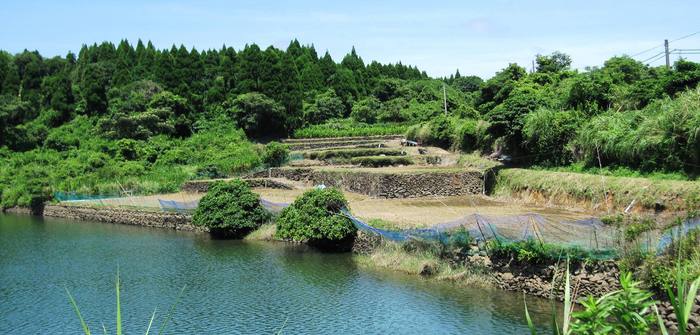
At the age of 18, Takamori Saigo began working in the Satsuma domain office, where he spent ten years as a record keeper for land tax collection in the agricultural administration department. During this time, the Satsuma domain was undergoing fiscal reforms led by Hirohiro Cho, implementing strict agricultural policies. This experience was extremely valuable for Saigo, forming a crucial period in shaping his character and ideology.
Involved in this strict agricultural administration, Saigo was deeply moved by the miserable lives of the farmers. Driven by a strong desire to improve their living conditions, Saigo decided to submit a memorandum on agricultural policy to the domain lord. Over the course of ten years, he continuously submitted memorials regarding agricultural policy.
When Nariakira Shimazu became the domain lord of Satsuma, Saigo became deeply devoted to him. Nariakira had profound knowledge of Western studies, held enlightened views, and recognized the necessity of introducing modern industries and strengthening military power. Despite his cautious nature, Nariakira pursued decisive domain reforms.
Saigo, wholeheartedly wanting to save the farmers’ lives, continued to submit memoranda on agricultural policy to the new lord. As a result of his efforts, Nariakira began to remember Saigo’s name, recognizing his talents.
Takamori Saigo and Toko Fujita
In 1854, Takamori Saigo met Toko Fujita, who shared significant insights about Japan’s political situation. Fujita pointed out that the Tokugawa shogunate’s request for imperial sanction in diplomatic negotiations was beginning to be questioned by foreign countries. This raised doubts about whether the shogunate had complete sovereignty over Japan, suggesting that the actual power might lie with the emperor.
As a solution to this situation, Fujita proposed abandoning the Tokugawa shogunate and establishing a new coalition government centered on the emperor. He suggested that Saigo’s lord, Nariakira Shimazu of Satsuma, was the most suitable leader for this new government. Saigo was astonished by Fujita’s words, feeling that they openly incited rebellion against the Tokugawa shogunate. However, he was deeply impressed by Fujita’s bold statements.
This conversation made Saigo realize his previously narrow perspective. Until then, he had been confined to the small world of the Satsuma domain, but hearing Fujita’s words, he began to consider Japan as a whole and the global situation. This experience was a turning point, transforming Saigo from a mere domain samurai into a visionary statesman looking toward Japan’s future.
Fujita, eager to realize his ideas, believed that the “Three Conditions” were necessary for their realization: “the right time,” “the advantageous position,” and “the harmony among people.” He judged that the Mito Tokugawa family lacked these conditions, particularly because their status as a branch of the Tokugawa family prevented them from defying the shogunate. This constraint led Fujita to advocate the ambiguous ideology of “reverence for the emperor and respect for the shogunate.”
Death of Nariakira Shimazu
In 1858, Nariakira Shimazu, the domain lord deeply respected by Saigo, died of illness. This event plunged Saigo into deep despair. In November of the same year, he set out to drown himself in Kinko Bay with the loyalist monk Gessho, who had been mediating between the imperial court and loyalists. However, only Saigo was revived. To hide this fact, the domain authorities ordered Saigo to seclude himself on Amami Oshima.
Exile to Okinawa Island for Disobeying Orders
In March 1862 (Bunkyu 2), influenced by the reformist faction led by Toshimichi Okubo, the Satsuma domain’s policy was evolving. Hisamitsu Shimazu sought to implement the late Nariakira’s will by forcing the shogunate to implement reforms through military power, based on the concept of unity between the imperial court and the shogunate.
To advance this plan, Saigo, who had established connections with courtiers, lords, and domain samurai during Nariakira’s time, was recalled from Amami Oshima. He was supposed to inspect the situation in Kyushu before Hisamitsu’s arrival and wait for him in Shimonoseki.
However, Saigo went to Osaka to persuade radical loyalists planning an uprising against the shogunate. This action angered Hisamitsu, who saw it as conflicting with his plan, resulting in Saigo being harshly punished and exiled to Okinawa Island.
Commanding Satsuma Forces in the Kinmon Incident
In September 1862, the Namamugi Incident occurred in which Satsuma samurai killed and injured British nationals, leading to the Anglo-Satsuma War in August of the following year. Satsuma managed to repel the British fleet, but this war made them realize the futility of anti-foreign sentiment.
In Kyoto, radical imperial loyalists centered around the Choshu domain clashed with the Satsuma and Aizu domains, who advocated for unity between the imperial court and the shogunate. Amid this tension, calls to recall Saigo increased. In April 1864, Saigo returned to Kagoshima and a few days later, went to Kyoto. Hisamitsu appointed him as a military commissioner, representing the Satsuma domain in Kyoto.
At that time, the Choshu domain, leading radical loyalists, and the shogunate’s Shinsengumi clashed at the Ikedaya incident in July 1864 (Genji 1). In response, Choshu troops marched to Kyoto. The shogunate ordered the Satsuma domain to send troops, leading to a confrontation with the Choshu domain. Saigo commanded the Satsuma forces and successfully repelled the Choshu forces.
Caretaker Government and Failure of the Seikanron Debate

In January 1872, Tomomi Iwakura, Toshimichi Okubo, and Takayoshi Kido set out for the United States and Europe as part of a diplomatic mission. During their absence, Takamori Saigo was entrusted with the responsibilities of the caretaker government. Despite being promised that no personnel or reforms would be carried out without permission during the mission’s departure, the momentum for reform did not cease.
The caretaker government implemented several new policies, including reforms of the banking and currency systems, land tax reform, a new conscription system, and a new educational system. Each of these was a large-scale undertaking, and Saigo bore the brunt of these difficulties. However, the policies of Saigo’s government disappointed the expectations of the samurai class, leading to growing dissatisfaction among discontented samurai nationwide.
To address this dissatisfaction, Saigo proposed dispatching troops to Korea (the Seikanron debate), aiming to break the deadlock by reorganizing the government afterward. However, Tomomi Iwakura opposed the cabinet decision to send Saigo as an envoy to Korea to encourage the country to open up and restore diplomatic relations, and he presented his opinion to the emperor. In October of Meiji 6 (1873), the emperor supported Iwakura’s opinion.
Upon their return from the mission abroad, Toshimichi Okubo and Takayoshi Kido argued for prioritizing internal affairs over foreign expeditions, leading to a conflict with Saigo. As a result, Saigo, Taisuke Itagaki, Shinpei Eto, and Tanetami Soejima, who were proponents of the Seikanron, submitted their resignations and left the government. The defeat of the Seikanron stimulated the discontented samurai who had lost their place for action, leading to the attack on Tomomi Iwakura in January of Meiji 7 (1874) and the Satsuma Rebellion in February.
Home Minister Toshimichi Okubo was granted full authority to suppress the rebellion, and within about a month, he quelled the Saga Rebellion. From this time, Okubo’s presence became more prominent, and he assumed power in place of Takayoshi Kido. In Meiji 7 (1874), when Kido temporarily stepped down due to disagreements over the Taiwan expedition, Okubo’s dominance was established. Having been defeated in the Seikanron debate and resigning from his position, Saigo returned to Kagoshima in November of Meiji 6 (1873) and decided never to serve in office again.
Establishment of Private Schools
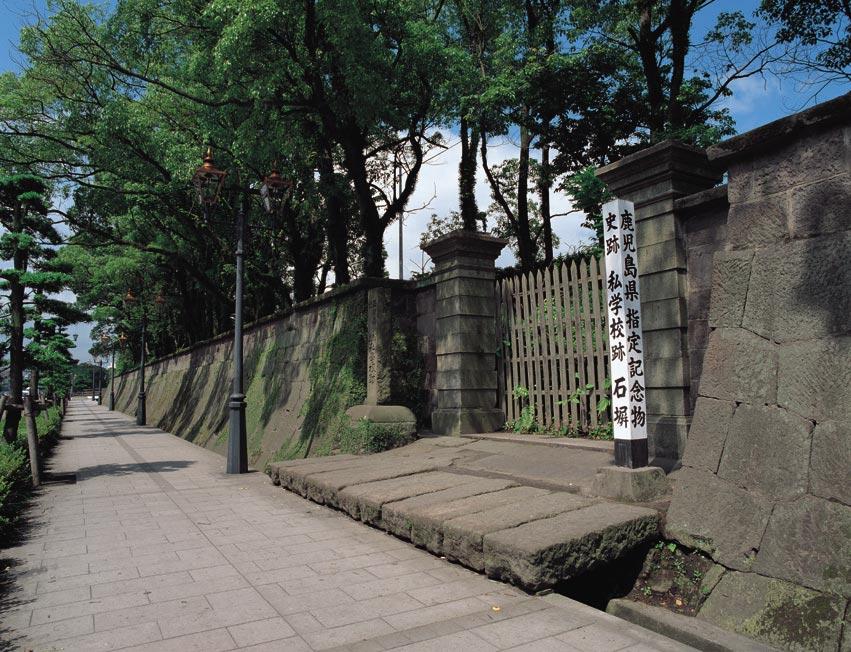
In June of 1874 (Meiji 7), Takamori Saigo established three schools within the old Kagoshima Castle (Tsurumaru Castle): the Juvenile School, the Rifle Corps School, and the Artillery Corps School. These schools were set up with the aim of training army officers. The Juvenile School, established using the stipends awarded to those who contributed to the Meiji Restoration, was also called the “Stipend School.” Saigo contributed 2,000 koku, Toshimichi Okubo 1,800 koku, Tsuneyoshi Oyama 800 koku, and Toshiaki Kirino 200 koku to support the school.
Despite their names, the remaining two schools were funded from the prefecture’s budget, and branch schools were established throughout Kagoshima Prefecture. The curriculum of these schools primarily focused on the reading of Chinese classics and military training. The true purpose of their establishment was to prevent the discontented samurai from rebelling, and admission was limited to samurai from former castle town samurai families. This initiative was Saigo’s effort to suppress the samurai’s dissatisfaction and direct their energy toward constructive activities.
Outbreak of the Satsuma Rebellion
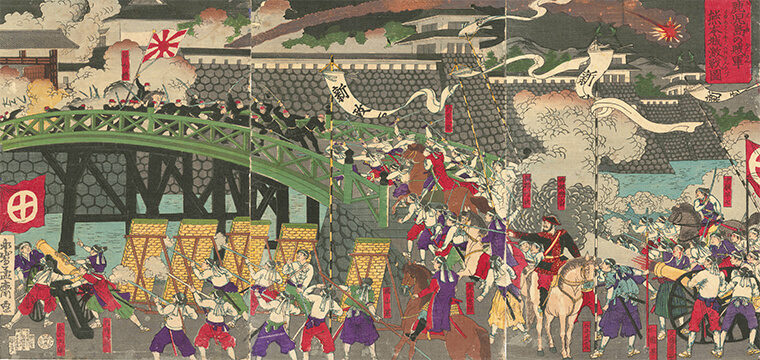
In March of Meiji 9 (1876), the Haitōrei Edict was issued, banning the wearing of swords, and in August, the Chitsuroku Shobun abolished the economic privileges of the samurai class. As a result, samurai completely lost their privileges, leading to a series of rebellions across the country. In October, the Shinpūren Rebellion occurred in Kumamoto, followed by the Akizuki Rebellion and the Hagi Rebellion. Samurai all over the country hoped for Takamori Saigo to rise up, but he remained cautious.
Home Minister Toshimichi Okubo summoned Governor Tsuneyoshi Oyama to Tokyo in July of Meiji 9, demanding the dismissal of the Shigakkō faction officials, but Oyama refused and resigned in protest. In late January of Meiji 10 (1877), the government, with the establishment of the Army and Navy Ministries, attempted to confiscate weapons and ammunition from the Kagoshima arsenal. In response, radical members of the Shigakkō attacked the arsenal and seized weapons and ammunition.
At that time, Saigo was staying in Kokubu, on the Osumi Peninsula, and upon hearing about the arsenal raid, he muttered, “It’s done.” Additionally, 20 men, including Chief Inspector Nakahara, who had been ordered by Okubo, were captured and confessed to a secret mission to assassinate Saigo. On February 7, Saigo informed Governor Oyama of his decision to go to Tokyo to question the government’s actions, and on February 15, the vanguard troops set out in the heavy snow.
The government received a report from the Kumamoto garrison and issued a proclamation for subjugation on February 19, marking the beginning of the Satsuma Rebellion. This war was the start of an intense conflict between Takamori Saigo and the government forces.
Cause of Takamori Saigo’s Death
Takamori Saigo’s cause of death was his self-inflicted death during the Satsuma Rebellion. On February 20, 1877, Saigo’s vanguard troops arrived in Kawajiri and began besieging Kumamoto Castle the next day. The battle started with about 14,000 Satsuma troops against about 4,000 garrison troops, but the Satsuma forces swelled to about 30,000 with the addition of samurai from various parts of Kyushu. Even supporters from the Kumamoto and Oita civil rights factions joined, but the defense of Kumamoto Castle was unexpectedly strong, and Saigo’s forces struggled to capture it.
Subsequently, Saigo’s forces engaged in fierce battles with the government forces but continued to retreat gradually. Despite attempting to regroup in various parts of Kyushu, they were eventually forced to retreat and finally returned to Kagoshima. On September 1, they were cornered at Shiroyama in Kagoshima, and on the early morning of September 24, they faced a general attack by the government forces. Saigo was shot in the thigh and then took his own life with the assistance of Shinsuke Beppu.
The government’s war expenditure for this conflict was 41 million yen, with about 60,000 government troops involved and 6,500 government soldiers killed. The Satsuma forces numbered around 40,000, with more than half being killed or wounded. Takamori Saigo’s life, marked by his motto “Keiten Aijin” (Respect the heavens and love people), ended here, and his dreams were swept away by the tide of modernization.
Personality of Takamori Saigo
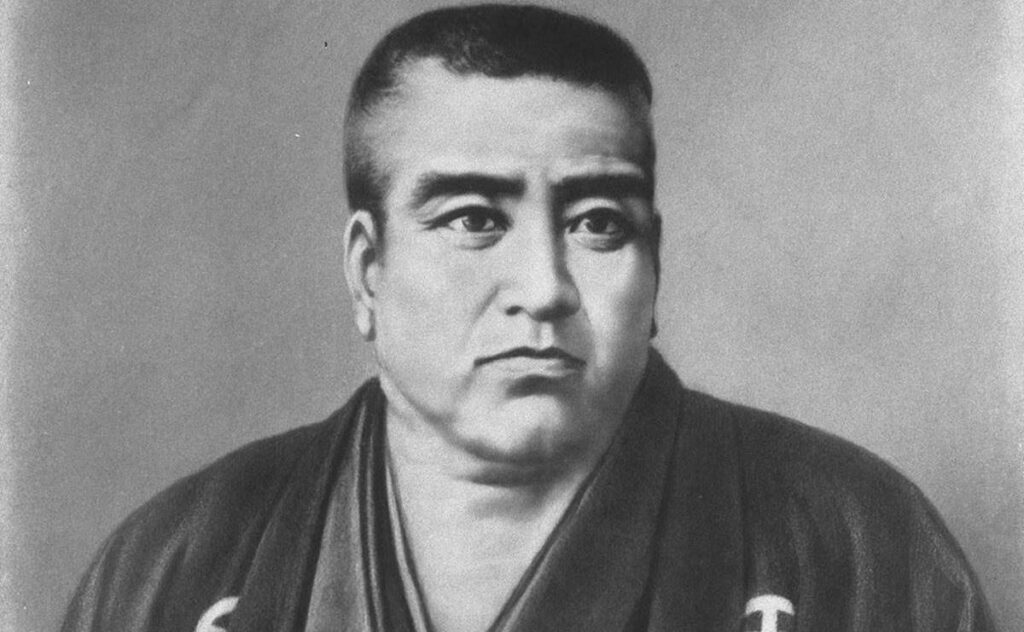
Takamori Saigo had a stubborn personality and would openly express his opinions to anyone if he believed he was right. Because of this, he often spoke his mind without considering the atmosphere, which sometimes made him unpopular with those around him. He started working at the domain office at the age of 18 but reportedly did not receive a promotion for 10 years due to his personality. Saigo is also known for his steadfast refusal to be photographed. There are various theories, such as fearing assassination, but it seems he had a strong conviction, refusing even a photo to be presented to Emperor Meiji.
Saigo’s motto was “Keiten Aijin,” which means “Respect the heavens and love people,” symbolizing his beliefs. Saigo loved people regardless of their status, gender, or age, and was loved by many in return.
Saigo was also known as a dog lover, which was unusual for Japanese people at the time, as he kept dogs as pets. The statue of Saigo in Ueno Park is memorable for depicting him with his beloved dog. Saigo had a great fondness for sweets and was diagnosed as obese due to a lack of exercise after the anti-shogunate movement settled down. On his doctor’s advice, he began enjoying rabbit hunting in the mountains with his favorite dog. The dog depicted with Saigo in the Ueno Park statue is a Satsuma dog named Tsun, who accompanied him on rabbit hunts.
Episodes of Takamori Saigo
Let’s take a look at some episodes of Takamori Saigo. There are various notable stories about him!
His Impressive Height and Weight
According to today’s Minami Nippon Shimbun, Takamori Saigo’s height was about 178 cm. Given that the average height of Japanese men at the time was 155 cm, Saigo was very tall. Additionally, he weighed 110 kg, making him quite robust even by modern standards. Interestingly, not only Saigo but also other people from Satsuma, like Shinpachi Murata (180 cm), the last lord of Satsuma, Tadashi Shimazu (185 cm), and Toshimichi Okubo (175 cm), were also tall and well-built compared to people from other regions.
Although Satsuma Domain is sometimes described as poor, the staple food was sweet potatoes, and rice was eaten only a few times a year. Therefore, it cannot be said they were poor simply because they couldn’t eat rice. Thanks to sweet potatoes, they never starved, and Kagoshima, blessed with a warm climate and abundant produce, also had plentiful mountain and seafood. The robust physiques of people from Satsuma might be related to these rich natural resources.
Injury to His Right Arm
At the age of 12, Saigo was involved in a conflict with another local group and suffered a serious injury to his right arm. When the opponent tried to strike Saigo with a sheathed sword, the sheath came off, and the sword cut Saigo’s arm nerves. This injury left Saigo bedridden with a high fever for three days, and he lost the use of his right arm. As a result, he decided to pursue a life of learning instead of wielding a sword. This incident became a major turning point in his life, leading to his later achievements.
Fondness for Plump Women
There are rumors that Saigo liked plump women. His romantic interest was a woman around 30 years old, nicknamed “Pig Princess” due to her large and robust build. She had fair skin, and when she drank, her skin would flush, giving her a bewitching appearance.
There are various theories about the identity of Pig Princess. In Mariko Hayashi’s novel “Segodon,” she is depicted as a waitress named O-Tora from Nara Fuku in Gion. In the NHK Taiga drama “Segodon,” Haruna Kondo from Harisenbon played her role. Pig Princess was surprisingly popular with samurai for her robust build and kindness.
Initially, Pig Princess fell for Saigo, and he was drawn to her cheerful and caring nature. Saigo was attracted to people’s character rather than their appearance.
However, as a key figure in the anti-shogunate movement, Saigo became a wanted man, making it difficult for the two to meet. Seeing Saigo depressed by the unfavorable situation, Pig Princess declared, “I love Saigo-san. But I can’t become your wife, so if I could see you one more time, I would die happy.” Hearing this, Saigo proposed a double suicide, but their attempt was stopped by Toshimichi Okubo.
Great Dog Lover
Saigo was known as a great dog lover. The statue of Saigo in Ueno Park depicts him with his beloved dog, Tsun, heading out for a rabbit hunt. However, the real Tsun was a female dog. The statue’s dog is male because the model was “Sawa,” a male dog owned by Satsuma-born soldier Kagefumi Nirei.
After the anti-shogunate movement settled down, Saigo gained weight due to lack of exercise and a love for sweets. Under the guidance of German doctor Hoffmann, he began exercising. He enjoyed mountain walks and rabbit hunting with Tsun, successfully losing weight. Hence, the statue in Ueno Park depicts him in his rabbit hunting outfit.
A separate statue of Tsun was erected at Sugawara Shrine (Fujikawa Tenjin) in Togo Town, Kagoshima Prefecture, in 1990.
During the Satsuma Rebellion, Saigo also went to battle with his dogs. When defeat seemed imminent, he released his dogs to save them. After his death, the dogs were captured on the battlefield and transported to Kobe, as reported by newspapers at the time.
Back in Kagoshima, Saigo kept many dogs. There were 13 dogs known by name alone, and even when he was in Tokyo, it is said he had more than 10 dogs. His love for dogs was evident in their meals, which included eel and chicken hot pot. Even during the food shortages of the Satsuma Rebellion, he gave his own meals to his dogs.
Reason for the Statue in Ueno
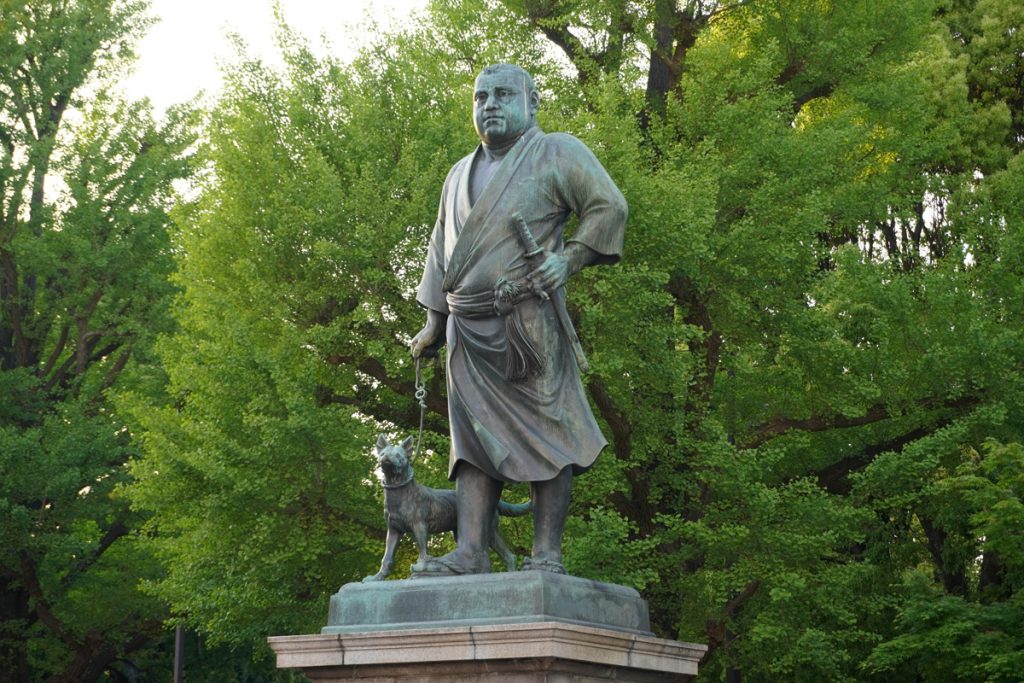
In Ueno Park, Taito Ward, Tokyo, there is a statue of Takamori Saigo. This statue was erected in Ueno, Tokyo, due to its connection to the Battle of Ueno in 1868.
Takamori Saigo led the new government forces and attacked Ueno Kan’ei-ji Temple (now Ueno Park), which was defended by the Shogitai of the old shogunate forces. Saigo led the new government forces to victory in this battle. To honor his achievements, a bronze statue was erected in Ueno Park in 1898, and an unveiling ceremony was held.
The statue was created by Koun Takamura based on a portrait by Italian painter Edoardo Chiossone. The statue of Takamori Saigo was erected in Ueno to commemorate his historical achievements and influence.
Filariasis
Takamori Saigo was exiled to Amami Oshima for about three years but was called back in 1861 (Bunkyu 1). However, he did not get along with the new feudal lord, Hisamitsu Shimazu, and was exiled again to Okinoerabu Island the following year.
Life on Okinoerabu Island was harsh, and the prison was so crude that it could not protect against wind and rain. In this environment, Saigo contracted filariasis. Filariasis is a terrible disease caused by thread-like parasites transmitted by mosquitoes that inhabit human lymphatic vessels and lymph nodes, causing severe symptoms such as elephantiasis and scrotal hydrocele.
In his later years, Saigo’s scrotum swelled to the size of a human head due to filariasis, and he could not ride a horse, so he always used a palanquin. In 1877 (Meiji 10), Saigo, defeated in the Satsuma Rebellion, committed suicide with the help of Shinsuke Beppu. Saigo’s head was hidden to avoid being found, but the headless body was identified as his because of the swollen lower body caused by filariasis. This episode speaks to the dramatic end of Takamori Saigo’s life.
Summary
How was it? This time, we introduced Takamori Saigo’s timeline, events, personality, and episodes. Takamori Saigo greatly contributed to Japan’s transformation from the end of the Edo period to the Meiji Restoration. From a young age, he was stubborn and straightforward, sticking to what he believed was right. Despite overcoming many difficulties, his beliefs and actions influenced many people.
This site introduces various interesting Japanese histories and cultures besides Takamori Saigo. If you are interested, we would be happy if you read other articles as well!



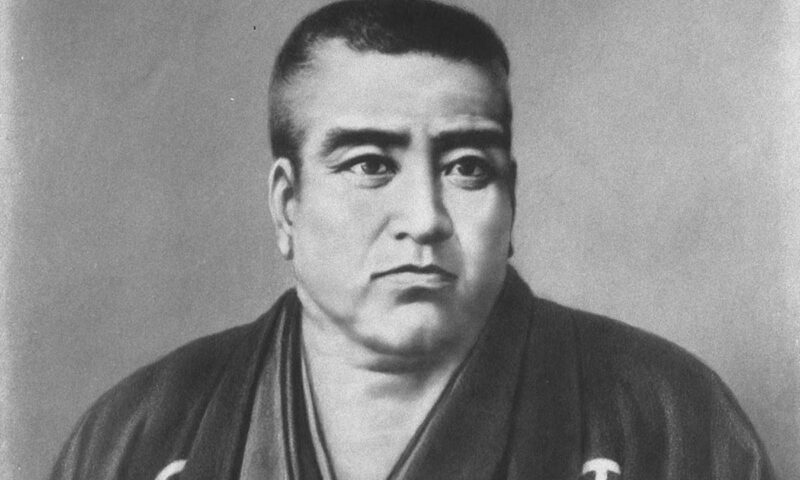
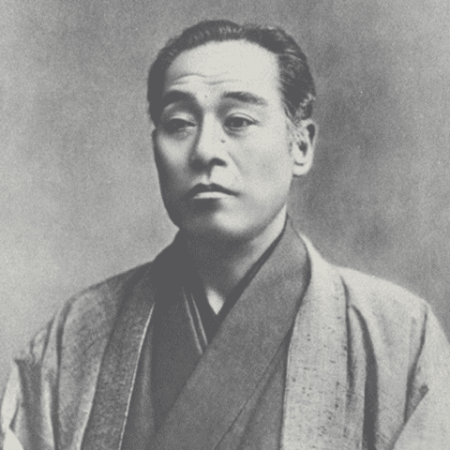
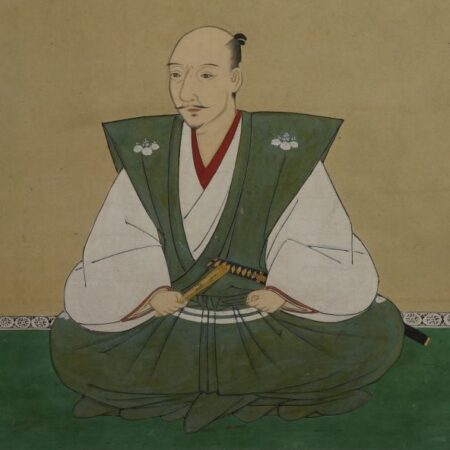
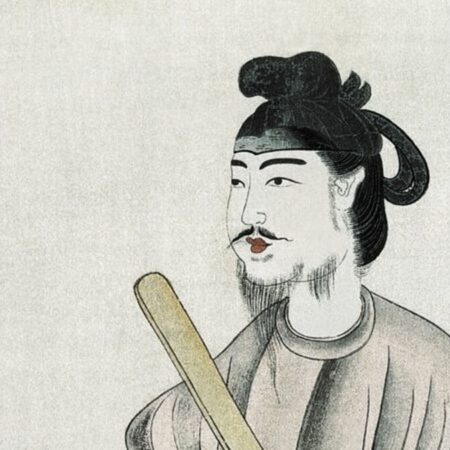
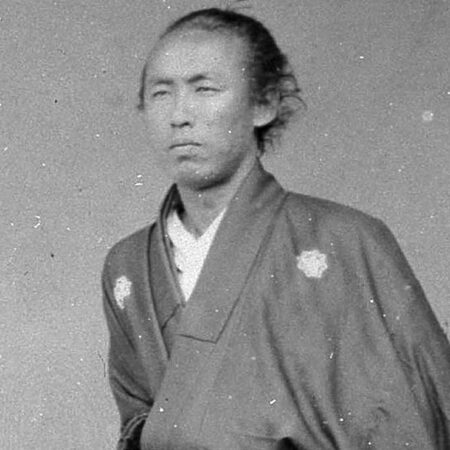
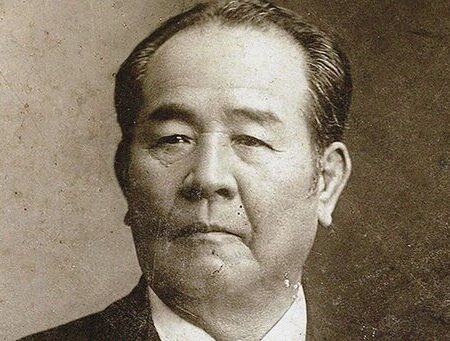
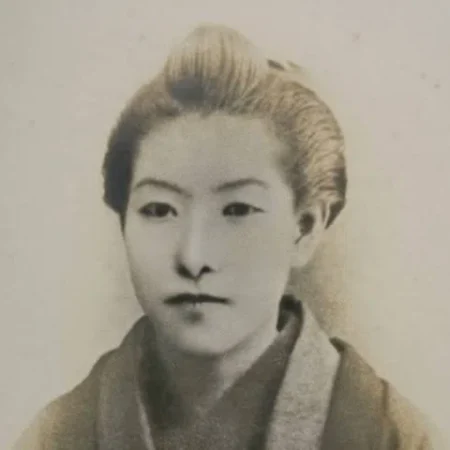
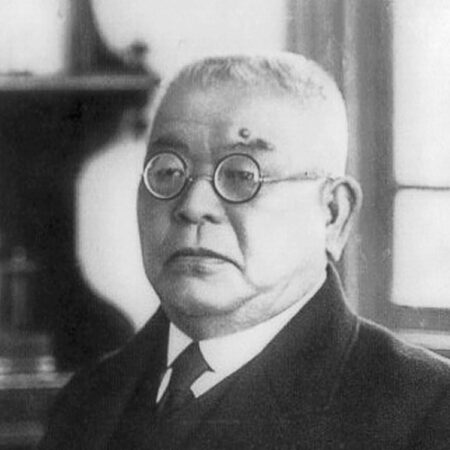
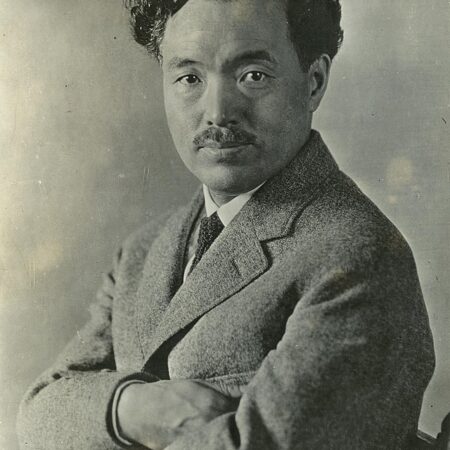



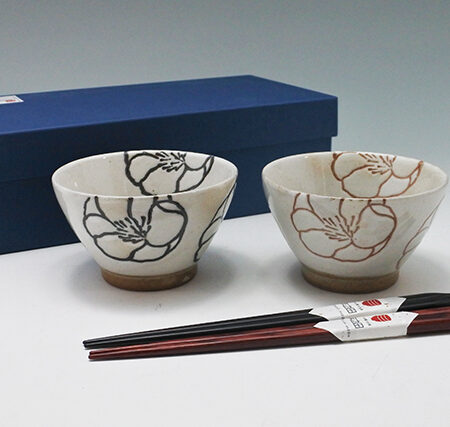
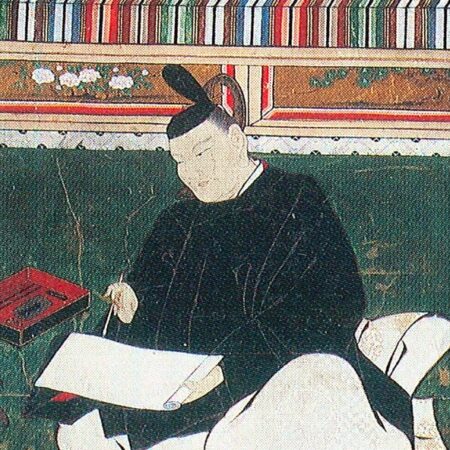
コメント